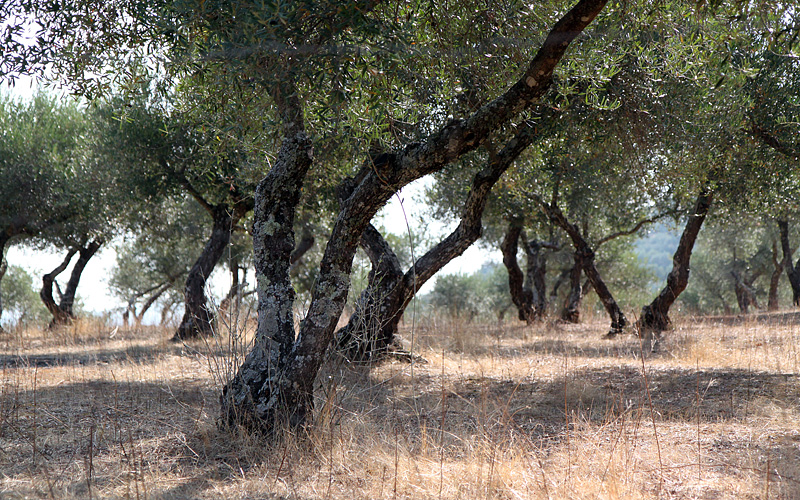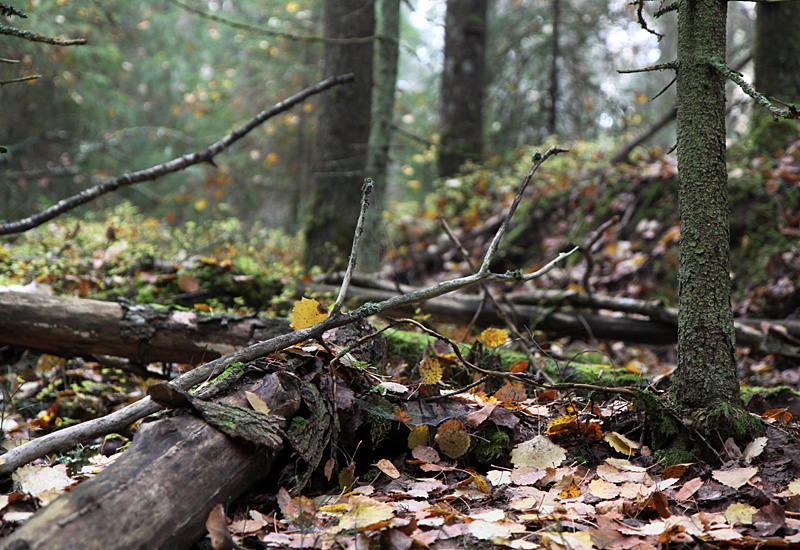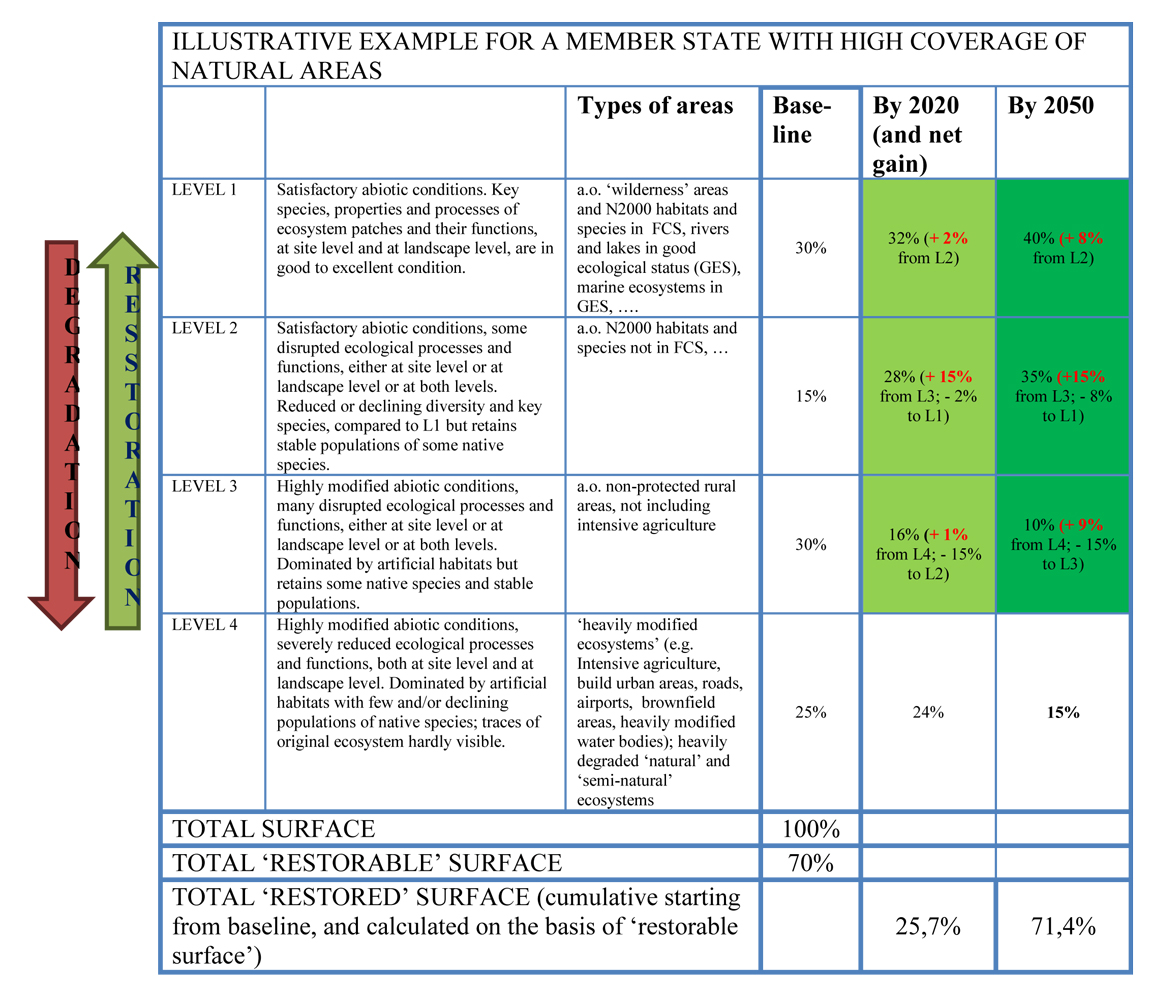EU wants to restore 15 percent of degraded ecosystems

The exact meaning of ‘degraded’ or ‘restoring’ is as yet unclear. ‘Ecosystems’ mean forests and croplands as well as built-up areas, such as cities.
The global meeting on biodiversity held in Nagoya, Japan in 2010, agreed on a biodiversity plan. The plan includes 20 targets, one of which is the goal to restore at least 15 percent of degraded ecosystems.
In EU, this target has been included in the Union’s biodiversity strategy. The aim is to restore at least 15 percent of degraded ecosystems by 2020.
The starting point is 2010, so no actions carried out before that can be included in the achievements. The EU target is not legally binding for member states, but the government of Finland has agreed to participate in meeting the global restoration target.
Within the EU, the degradation of ecosystems is mainly caused by fragmentation. It is estimated that about 30 percent of the EU land area is fragmented to some extent.
An EU goal or one for each state?
An on-going EU project aims to create a common understanding on what each member state is to do to meet the restoration target. One issue is how the goal should be understood.
Is it a common goal for the whole EU, or a separate goal for each member state or for each type of ecosystem? The Finnish Ministry of Agriculture and Forestry thinks it should be an uncategorized goal for each member state, as the condition of ecosystems varies a great deal within each member state.
Counsellor Kristiina Niikkonen from the Ministry for the Environment says her Ministry’s view is that as the goal is to be met by 2020, it is important to establish the actual restoration needs in the member states and rank them in order of priority.
Forestry Specialist Lea Jylhä from the Central Union of Agricultural Producers and Forest Owners (MTK) says the original intention of the Nagoya agreement was not that each state should have its own 15-percent goal. “Having a state-pecific goal makes no sense in regard to safeguarding biodiversity, for ecosystems are not equally degraded in all countries,” Jylhä says.

Ecosystems are divided into quality categories
And what does restoration mean? Usually, it means taking action to bring an area back to its natural state. In this case, the definition is different.
A consultant hired by the European Commission has developed a model with four levels. Each area is classified according to how natural its state is. Restoring means that the area moves from one level up to a better one in the classification.
The best level in the classification is reserved for wilderness areas and the like. The lowest level consists of heavily modified ecosystems such as roads, airports and built-up urban areas.
Five different ecosystem types are recognized: forests, croplands, grasslands, wetlands and cities. The targets concern waterways, too, even though they are not discussed in the four level model.
The task of the member states is to categorize its ecosystems according to the different levels, make a restoration plan and submit it to the Commission during 2014.
New working group to plan Finland’s actions
Passive restoration, doing nothing and letting time and nature take their course, can also be included in meeting the goals.
What does the restoration of cropland mean: turning it back to forest? How are these restoration goals compatible with the EU’s complex agricultural aid policy and its environmental requirements? Plus, each new road and building will decrease the urban area available for restoration.
According to Niikkonen, all this is still open for discussion in Finland. The aim is to set up a working group to plan the actions Finland is to take. The working group will decide which actions and areas can be included in the restoration goal.
Niikkonen says that by the end of 2013, the European Commission will publish a list of technical tools that can be used. She thinks the member states have a lot of freedom in meeting the restoration goal. “It will be interesting to find out what we can do to improve biodiversity and the quality of nature by improving connections between areas and by land use planning,” Niikkonen continues.

Areas and costs still undecided
What the restoration includes and in what areas it will be carried out determines what it will cost.
In Finland, the most common ecosystem is forest. There are 17 million hectares of forest on mineral soils. Around one million hectares of this is protected. If only protected forests are considered to be in the best class and all the rest to be degraded, there are 2.4 million hectares to restore.
During the last five years, Metsähallitus, the company that manages Finnish state-owned forests, has restored 13,500 hectares of forests and peatlands. That’s about 0.5 percent of the target.
Restoring an urban area can mean creating parks and other green areas.
Across the whole of the EU, the area to be restored could be quite large. Thus, it is important to consider what actions can be included in the restoration and on which levels the ecosystems are deemed to be.
Jylhä thinks it would be sensible for Finland to determine the areas most urgently needing restoration. These would make up the percentage, whether it is 15 or something else.
”Safeguarding biodiversity must be cost-efficient, too,” Jylhä reminds.
Of course, it is morally appropriate to clean up your own back yard before lecturing to others, but it is impossible not to wonder what could be achieved otherwise with the funds put into this particular project.
What sort of environmental disasters does mining cause in Africa, Asia and South America? What would a new tablet cost if water protection measures required in mines on those continents were on the same level as in Finland? Not to mention the terms and conditions of work.
The article has been corrected after publication: Metsähallitus has restored 13,500 hectarea of peatlands and forests within the last five years, not 10,000 as originally written.
The biodiversity plan agreed on in Nagoya
Biodiversity target 15, restoration of ecosystems
EU Biodiversity Strategy to 2020
Priorities for the restoration of ecosystems and their services in the EU

Kirjoita kommentti